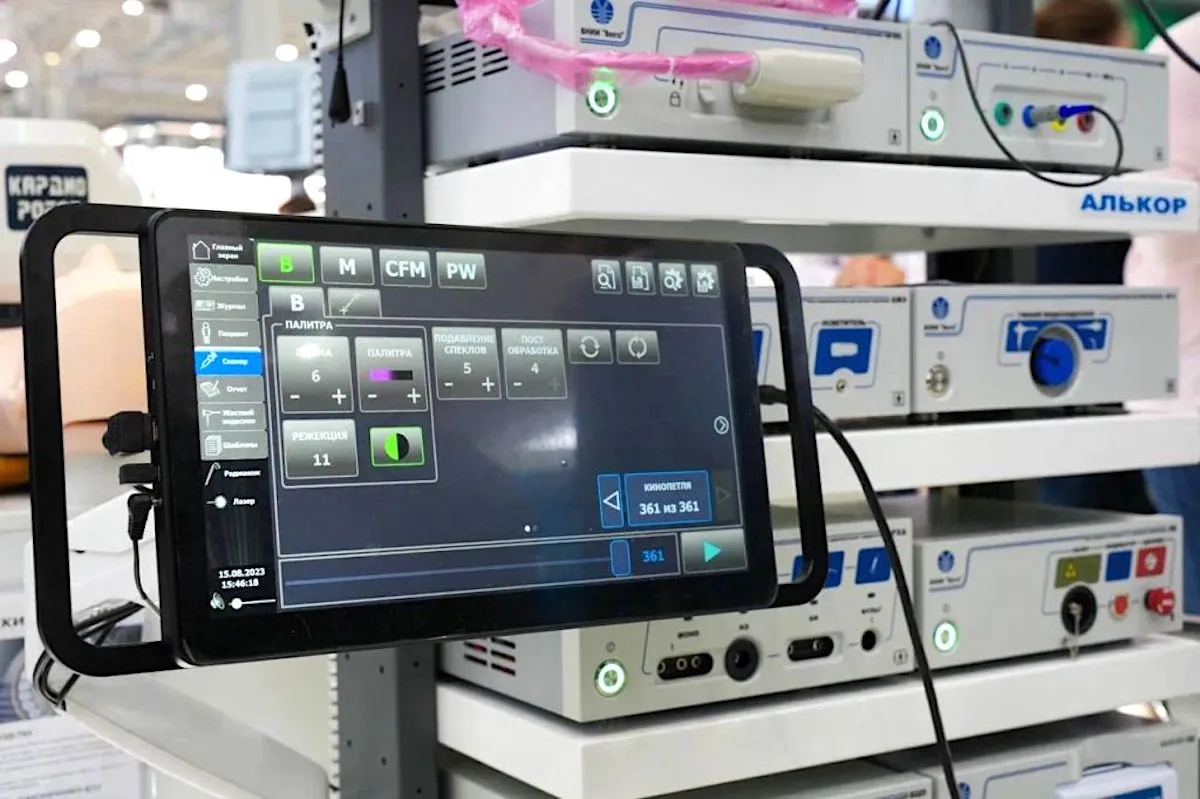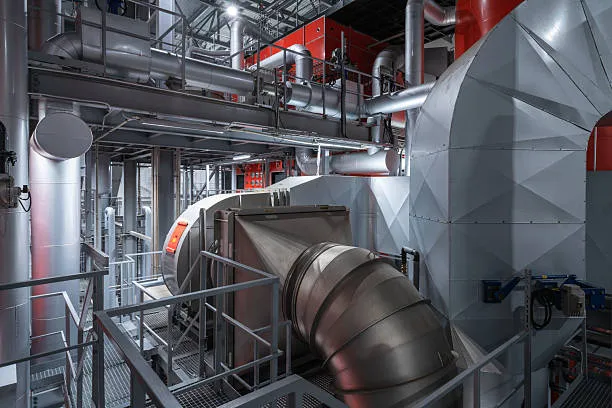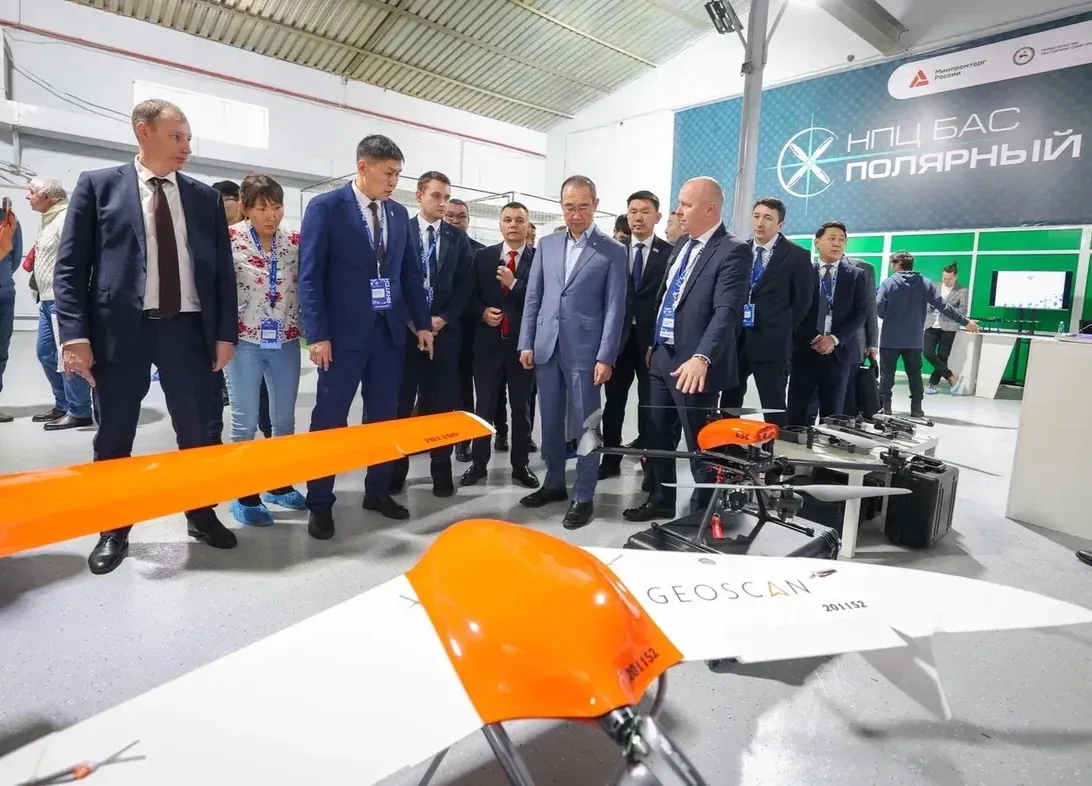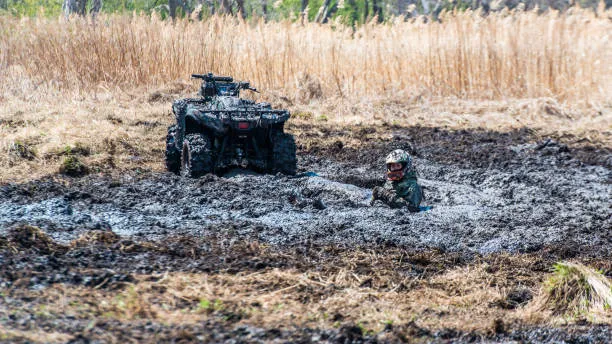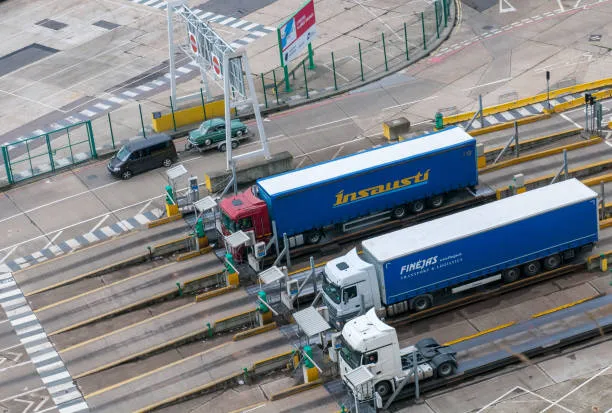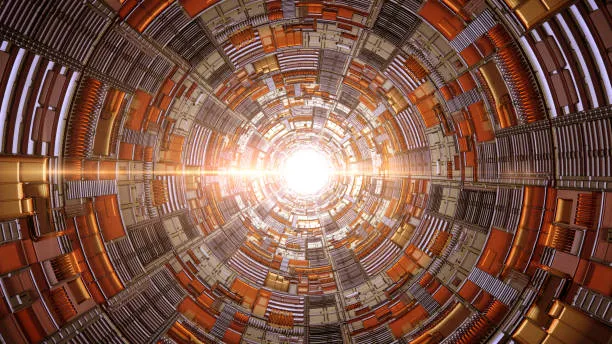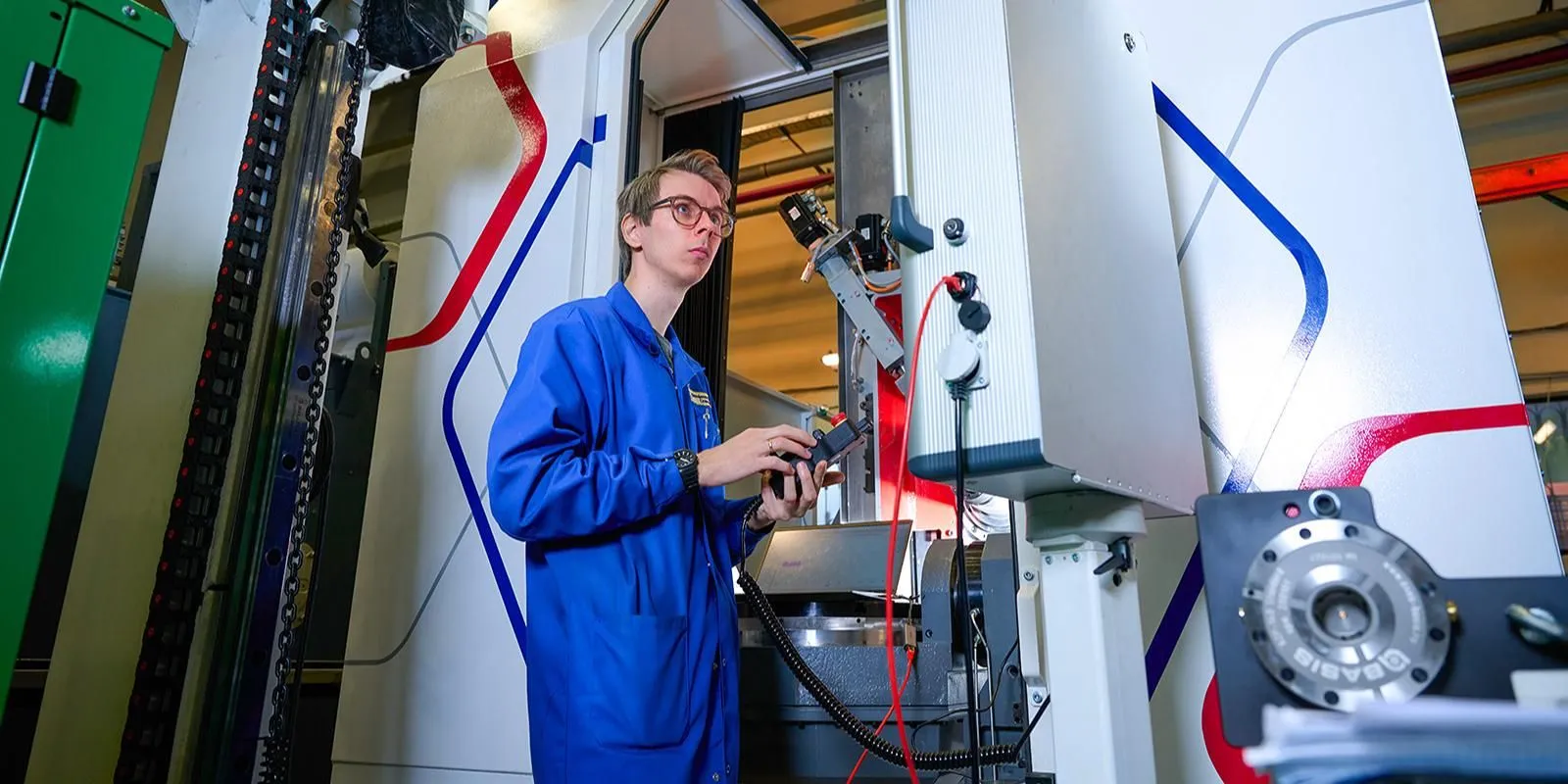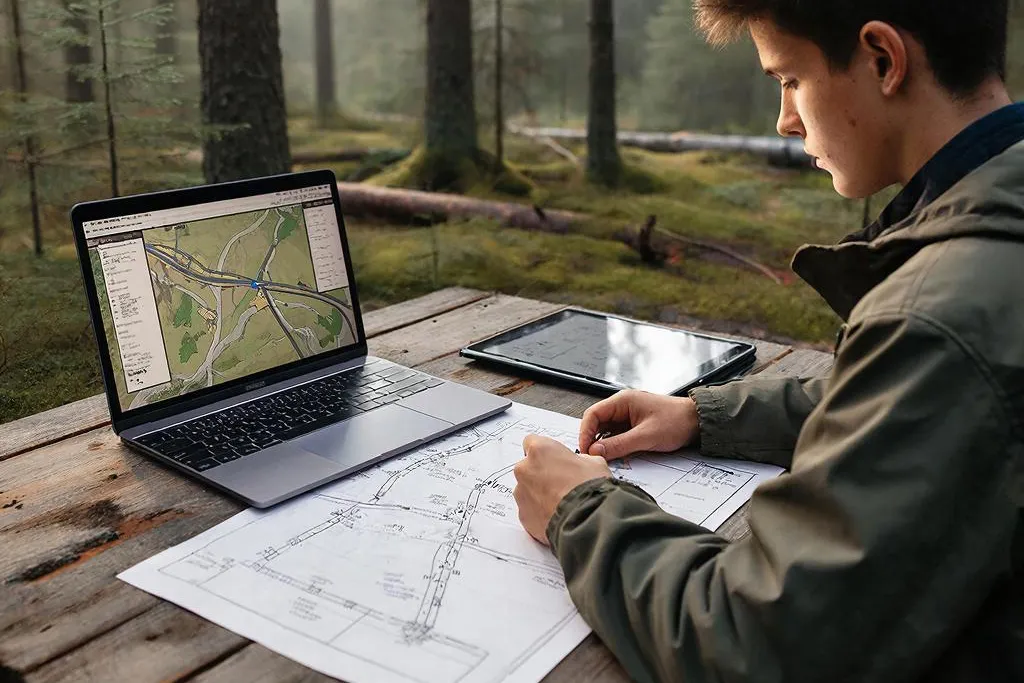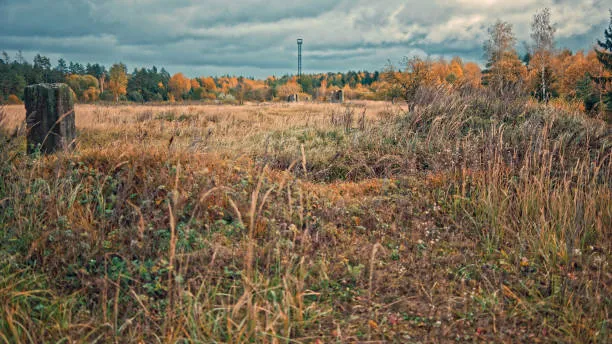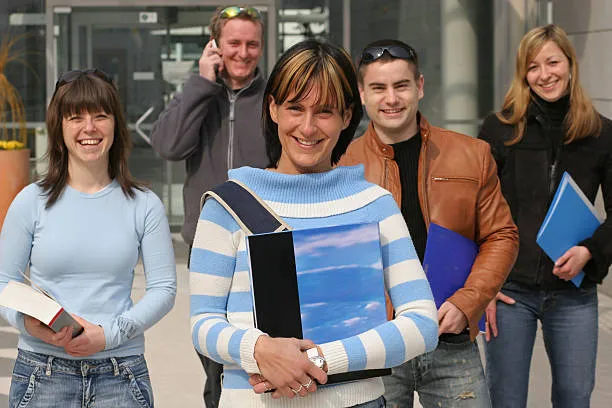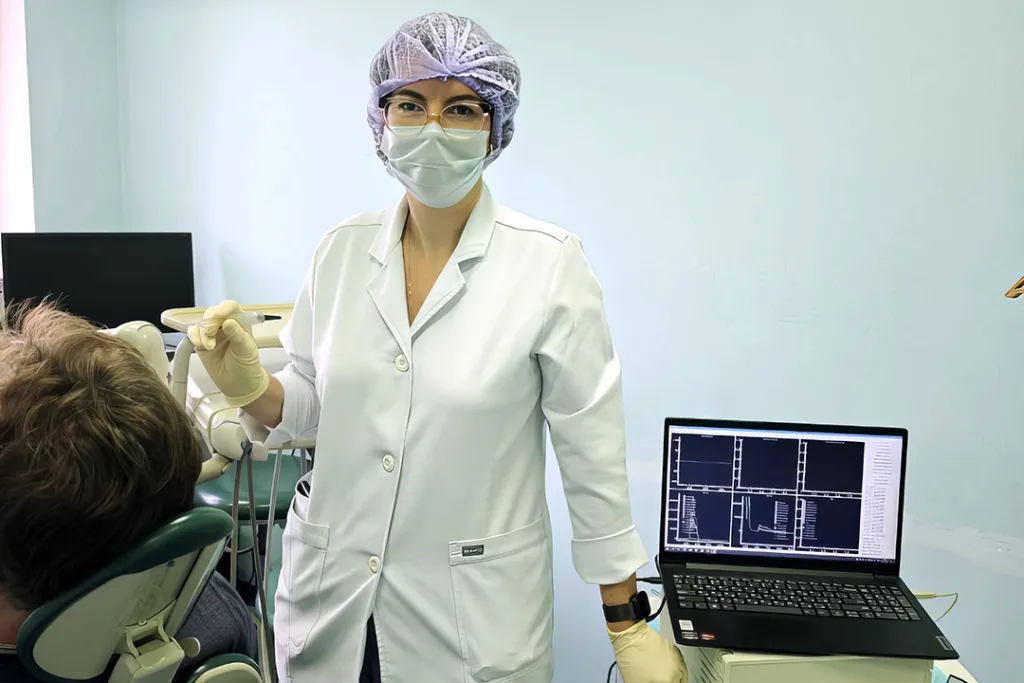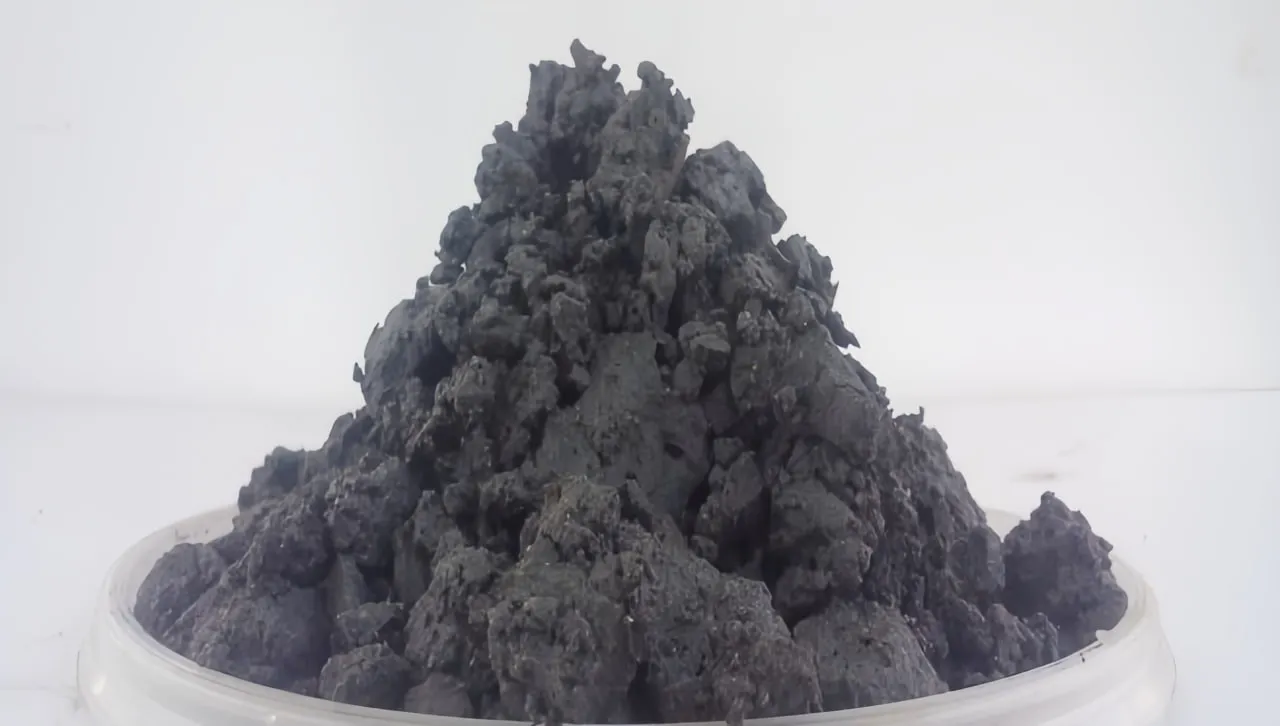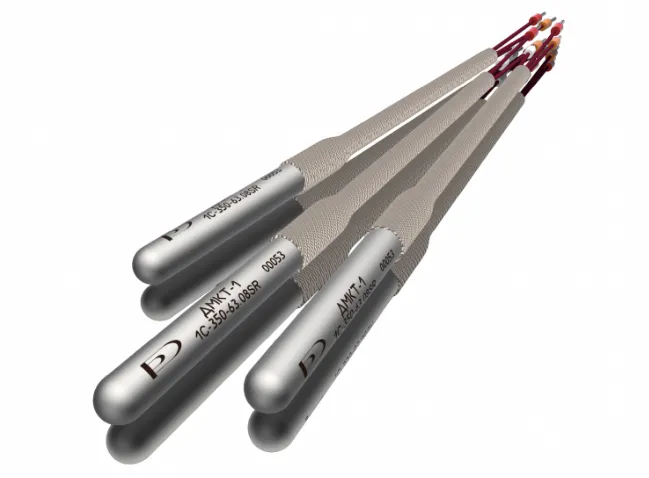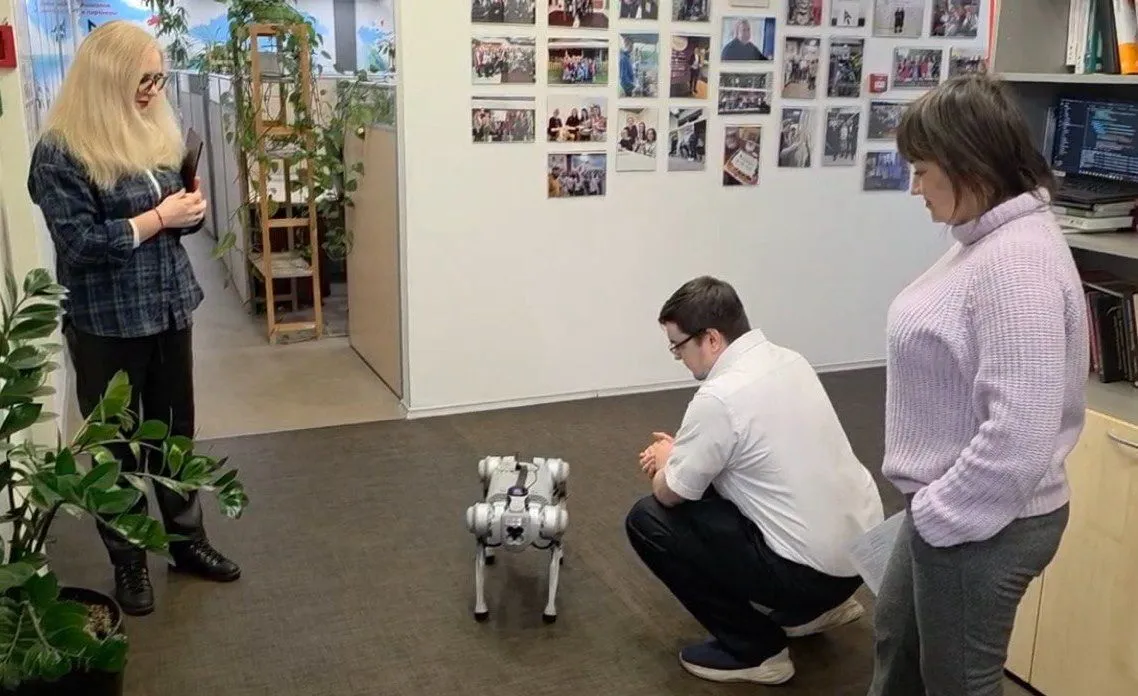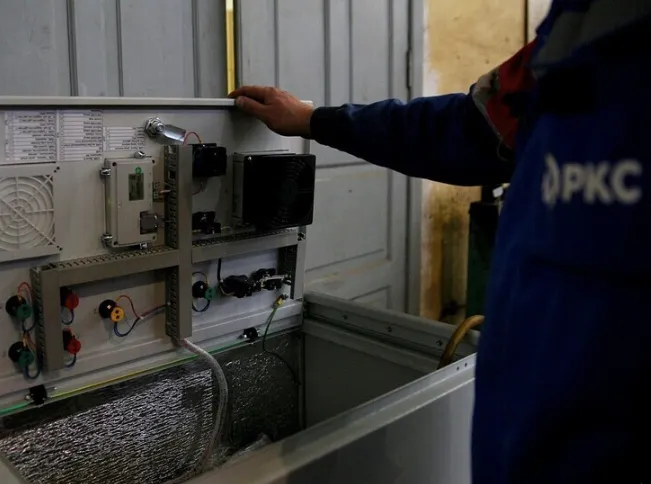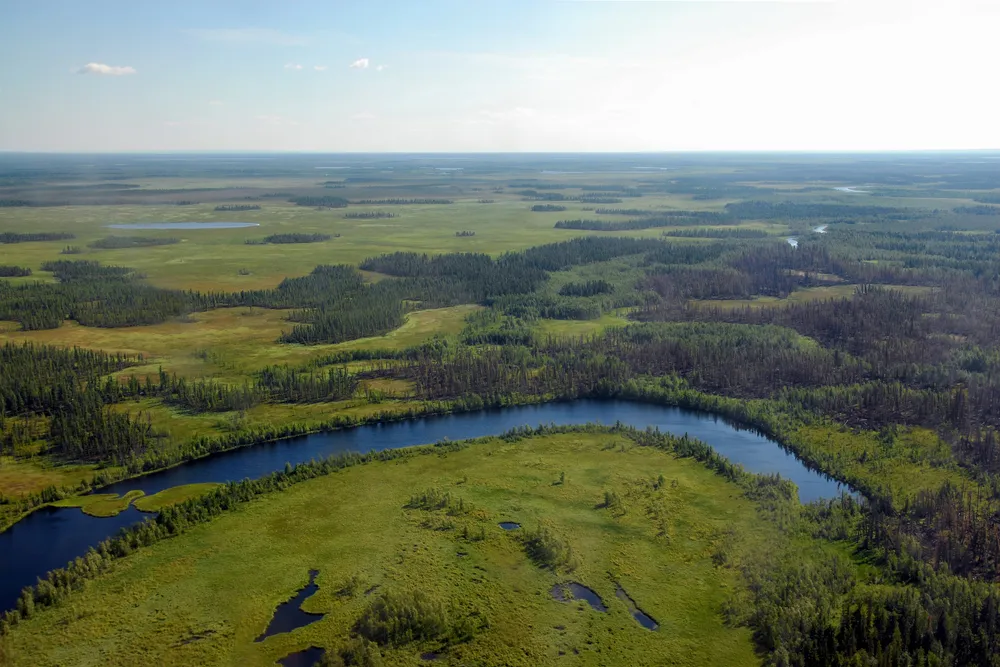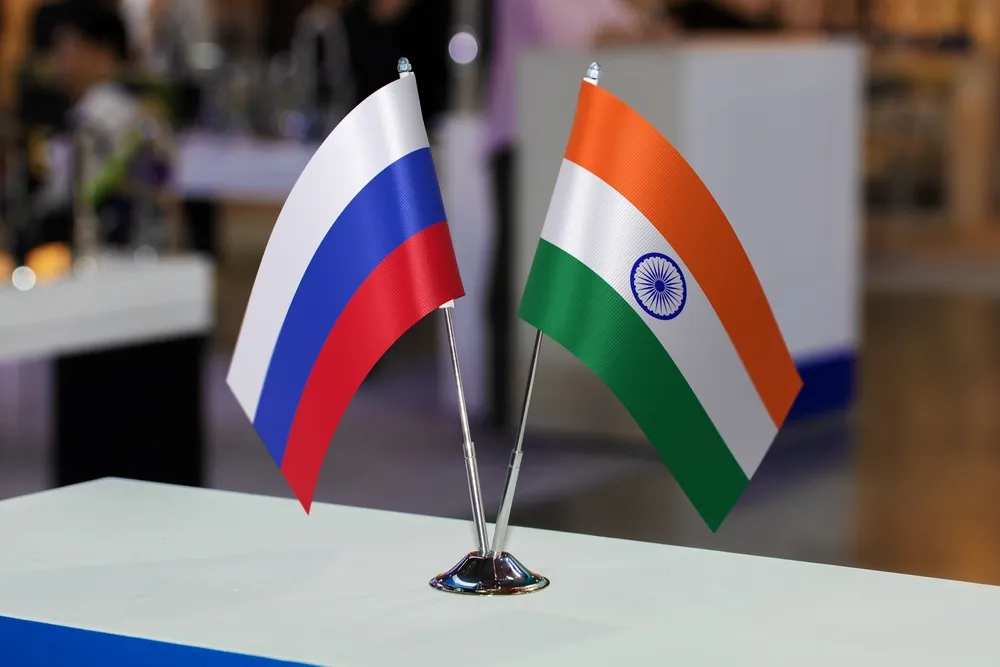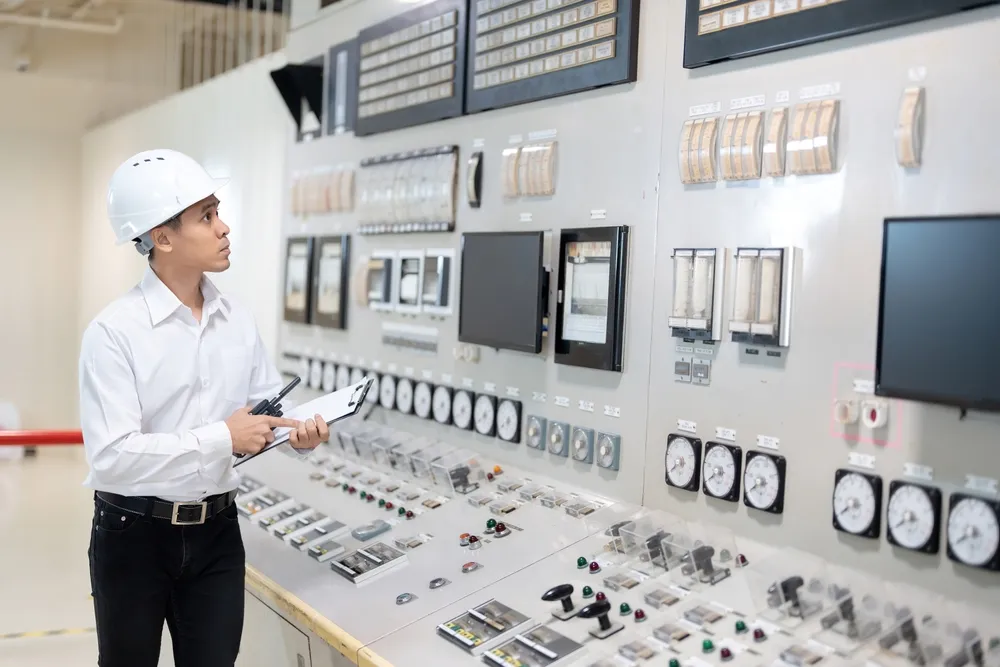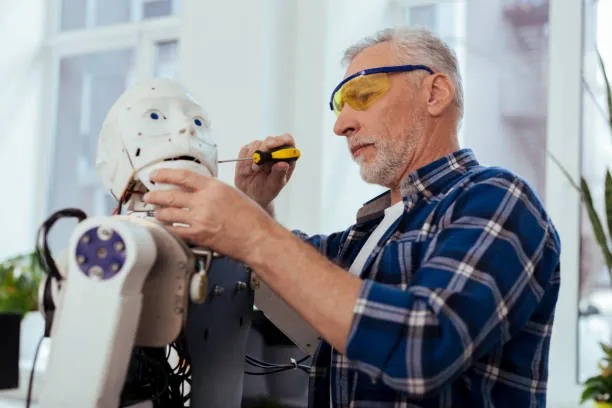Russian Scientists Develop AI-Based System to Predict Ground Subsidence Under Oil Facilities
A new geotechnical modeling method could save Russia’s energy sector billions by preventing soil deformation and infrastructure failures.
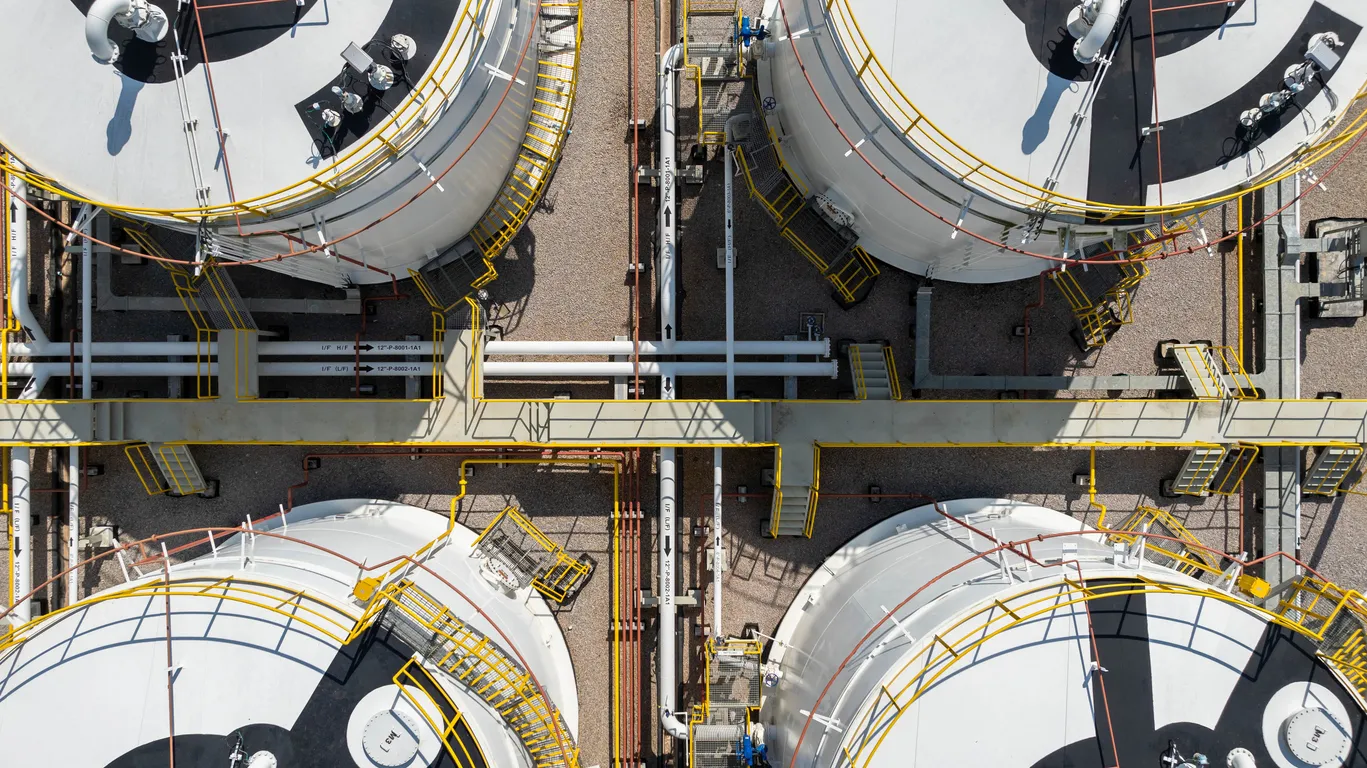
Researchers at Perm National Research Polytechnic University have created a predictive system capable of forecasting ground subsidence beneath oil and gas facilities with over 99 percent accuracy. The innovation addresses one of the most costly risks in heavy industry — soil compression under massive oil reservoirs — and could prevent accidents caused by uneven settlement and cracking.
How It Works: From Lab Tests to Digital Twins
In regions with clay-heavy soil, the weight of industrial storage tanks compresses the ground much like soft clay — but unlike elastic materials, it doesn’t return to its original shape. Over time, this leads to structural deformation and potentially catastrophic accidents.
The Perm research team combined extensive lab experiments with digital modeling to predict this process decades in advance. They simulated the repeated pressure of a tank on clay samples, using the resulting data to build a precise digital model of soil behavior inside a geotechnical software platform.
The result is a simplified yet highly accurate set of formulas that make the method both reliable and practical for real-world engineering.
By combining field science and digital simulation, the team’s work marks a significant step toward safer and more sustainable industrial construction — and a powerful example of how Russia’s scientific community is turning data into prevention.




